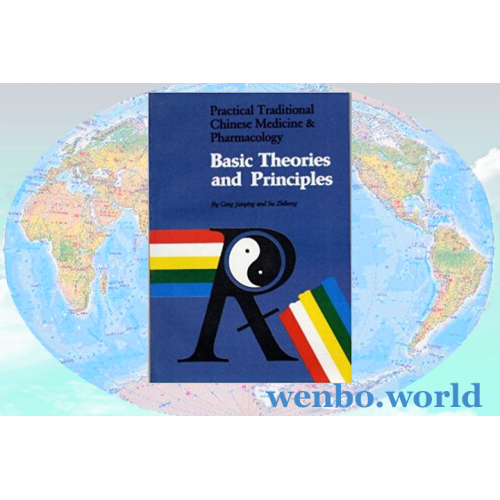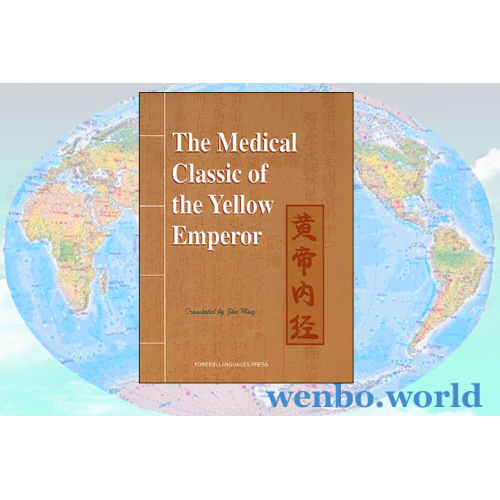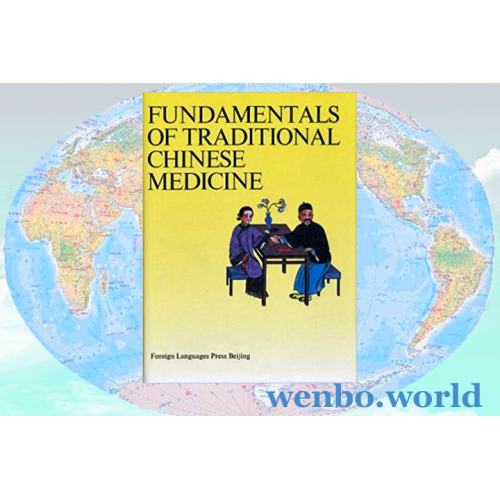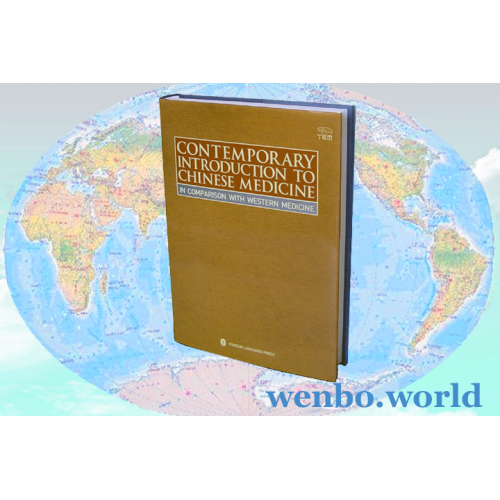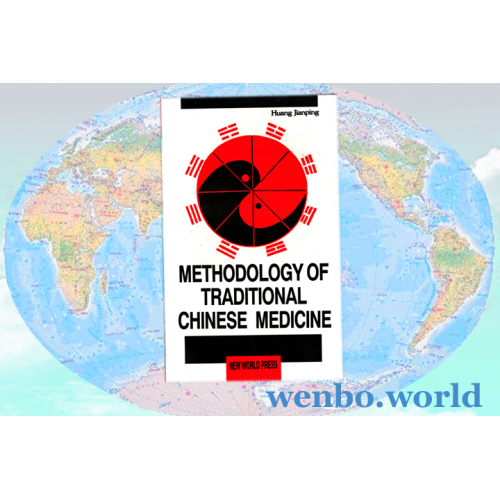Practical TCM & Pharmacology: Basic Theories and Principles
- Brand: Publishers of China
- Model: 1996pb
- SKU: b00tcmbasi
- ISBN: 7800051145
- Reward Points: 50
- Availability: 2-3 Days
-
- Price in reward points: 995
addresses the concepts and interrelationship as well as clinical application of the basic philosophical elements of traditional Chinese medicine such as the yin and yang and the five elements.
Title: Practical Traditional Chinese Medicine and Pharmacology: Basic and Principles (English edition)
By Geng Junying and Su Zhihong
New World Press, 1996
Language: English
Paperback, 152 x 222 mm
ISBN 7800051145
This is a great book for any layman interested in Traditional Chinese Medicine. Not only is it written in non medical terms and easy to understand, it also gives an easy to grasp understanding of the concepts, interrelationship as well as clinical applications of the basic philosophical principles such as yin and yang, the five elements, Zang Fu, channels, etc.
This book addresses the concepts and interrelationship as well as clinical application of the basic philosophical elements of traditional Chinese medicine such as the yin and yang and the five elements. The author also explains physiology, pathology, etiology, diagnostic methodology, and syndrome differentiation as understood in traditional Chinese medicine through a discussion of the zang-fu (internal) organs and the channels and collaterals. All these stress the importance of holistic treatment based on an accurate diagnosis. Thus the reader can learn the methods of understanding disease from the vantage point of traditional Chinese medicine and obtain a knowledge of its basic theories.
The basic theories of traditional Chinese medicine describe the physiology and pathology of the human body, disease etiology, diagnosis, and differentiation of symptom-complexes. This includes the theories of yin-yang, five elements, zang-fu, channels-collaterals, qi, blood, body fluid, methods of diagnosis, and differentiation of symptom-complexes.
Traditional Chinese medicine has two outstanding features, its holistic point of view, and its application of treatment according to the differentiation of symptom-complexes. According to these traditional viewpoints, the zang-fu organs are the core of the human body as an organic entity in which tissues and sense organs are connected through a network of channels and collaterals. The functional physiological activities of te zang-fu organs are dissimilar, but they work in coordination. The organs and their tissues are organically related. Pathologically, a dysfunction of the zang-fu organs may be reflected on the body surface through the channels and their collaterals. At the same time, diseases of body surface tissues may also affect their related zang or fu organs. Affected zang or fu organs may also influence each other through internal connection. Traditional Chinese medical treatment consists of regulating the functions of the zang-fu organs in order to correct pathological changes. With acupuncture, treatment is accomplished by stimulating certain areas of the external body. Not only is the human body an organic whole, but it is also a unified entity within nature, so changes in the natural environment may directly or indirectly affect it. For example, changes of the four seasons, and the alternation of day and night may change the functional condition of the human body, while various geographical environments can influence differences in body constitution, and so on. There factors must be considered when diagnosis and treatment are given.
Application of treatment according to the differentiation of syndromes is another characteristic of traditional Chinese medicine. "Differentiation of syndromes" means to analyze the disease condition in order to know its essentials, to identify the causative factors, the location and nature, and to obtain conclusions about the confrontation between pathogenic and anti pathogenic factors. In traditional Chinese medicine, differentiation is performed to outline the specific principles and methods of treatment because similar diseases may have different clinical manifestations, while different diseases may share the same syndromes. Treatment in traditional Chinese medicine stresses the differences of syndromes, but not the differences of diseases. Therefore different treatments for the same disease exist and different diseases can be treated by the same method.
Tags: Chinese medicine
Related Products
The Medical Classic of the Yellow Emperor
forms the theoretical basis of Traditional Chinese Medicine, covered not only medicine but also philosophy, sociology, anthropology, military strategy, mathemat..
Fundamentals of Traditional Chinese Medicine
Interprets the basic concept and principles of TCM, such as yin-yang, the five elements, qi (vital energy), blood and body fluids, pathogenesis, pathology, the ..
Contemporary Introduction to Chinese Medicine in Comparison with Western Medicine
Elucidates the traditional Chinese medical theories with in-depth analysis of historical and cultural influences and comparison with related western medical the..
Methodology of Traditional Chinese Medicine
Traditional Chinese medicine embodies rich dialectical thought, such as that of the holistic connections and the unity of yin and yang. It deals with many facet..
Book of Changes and Traditional Chinese Medicine
This book organically combines the theories in the Book of Changes with TCM, systematically analyses the close relations between them, and highlights the signif..

